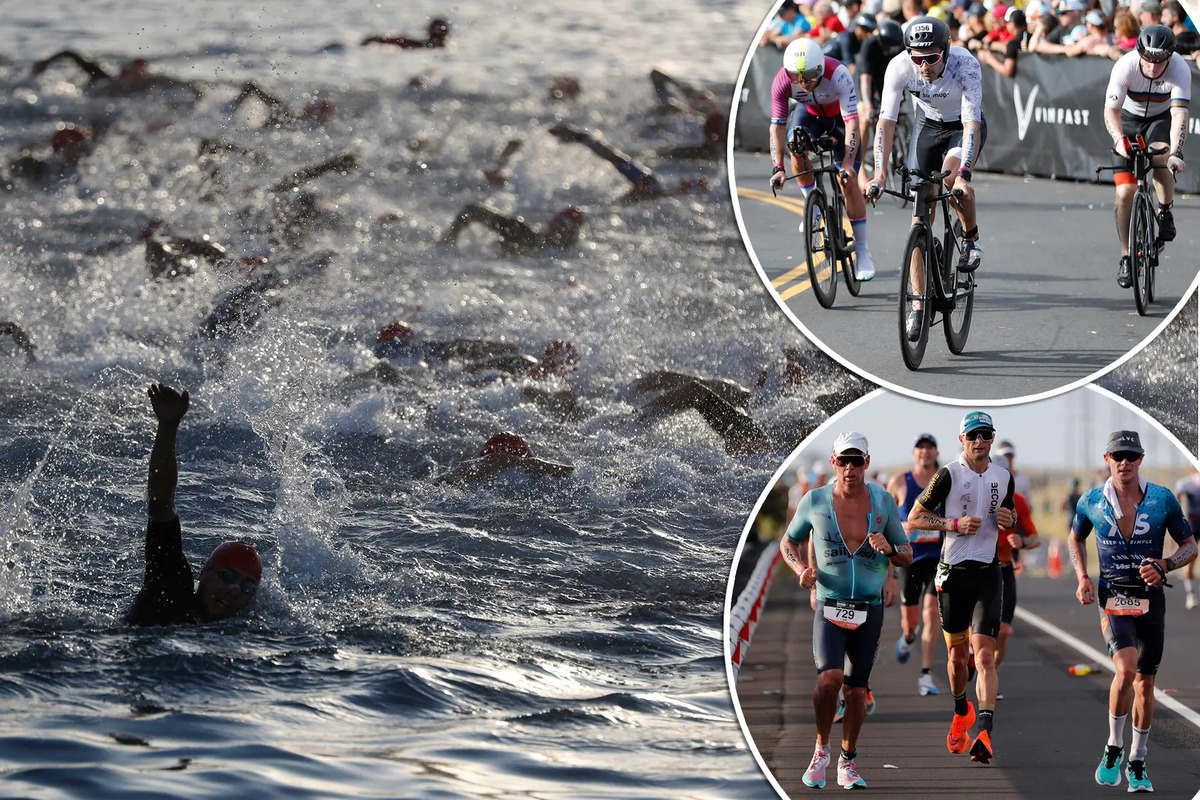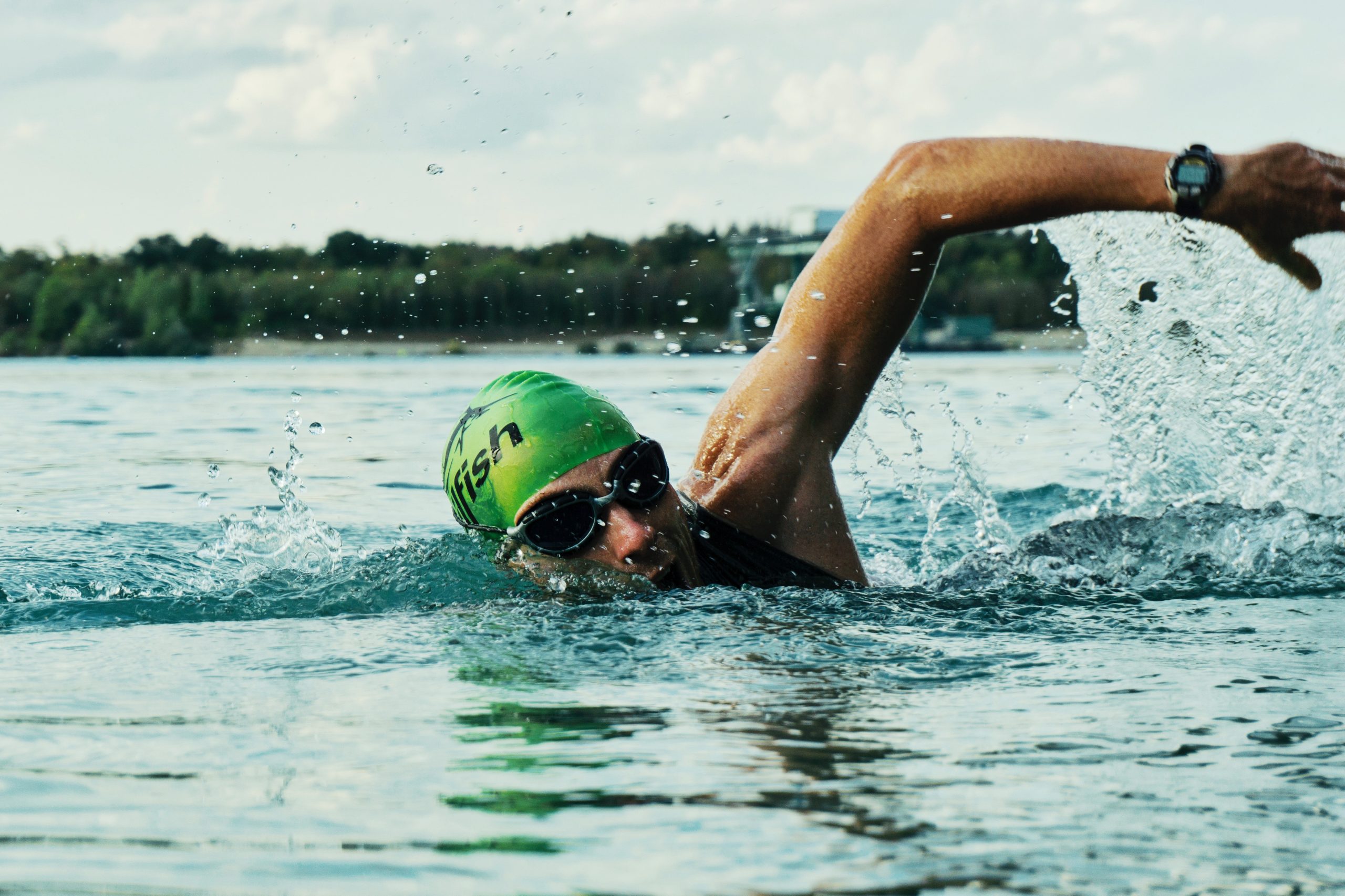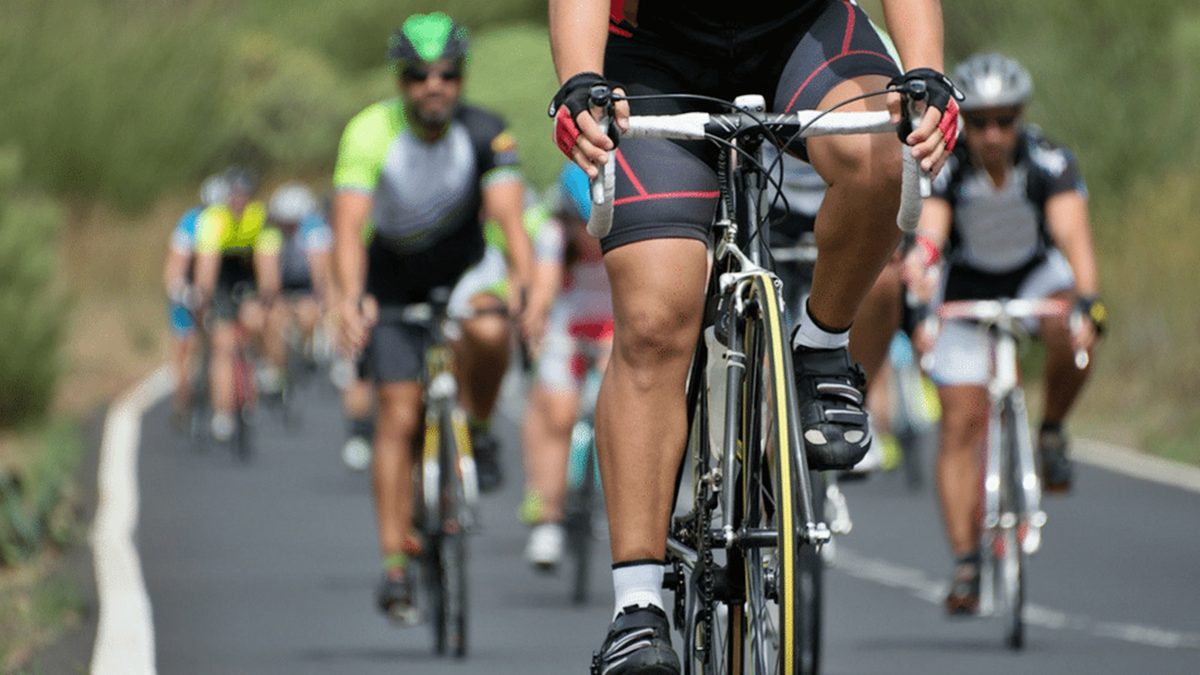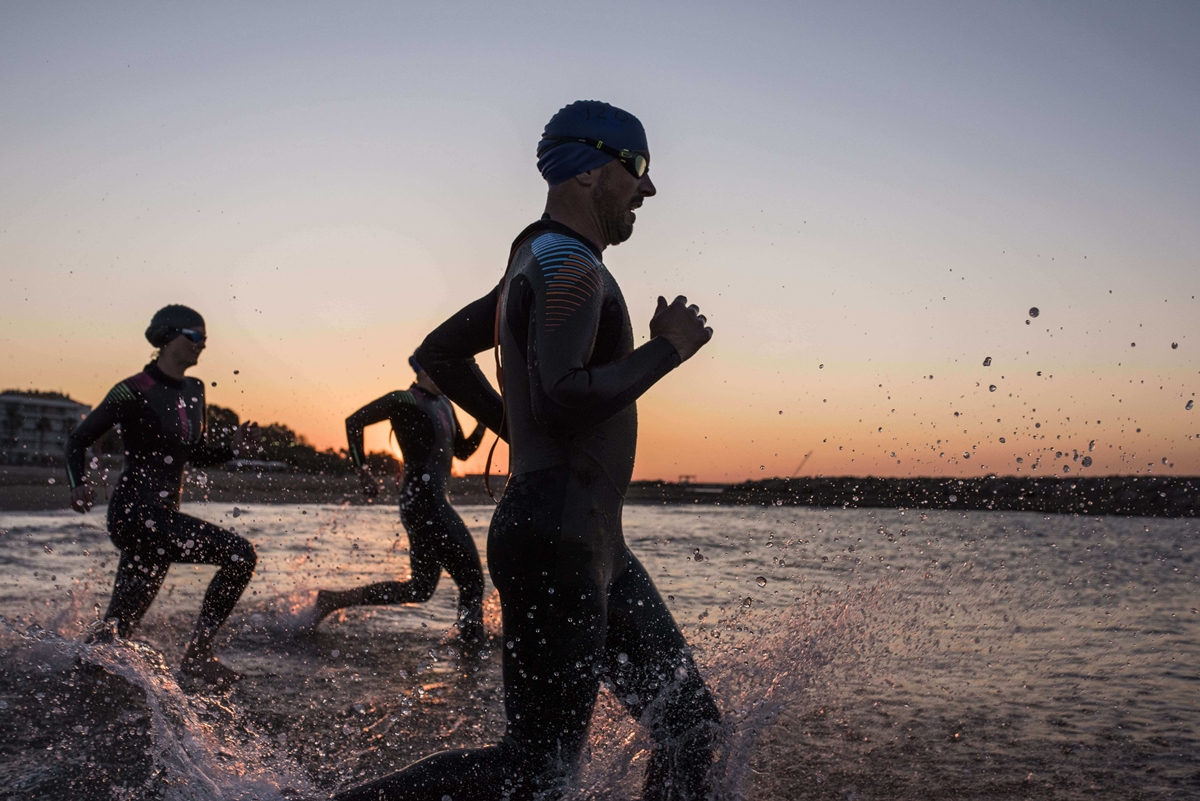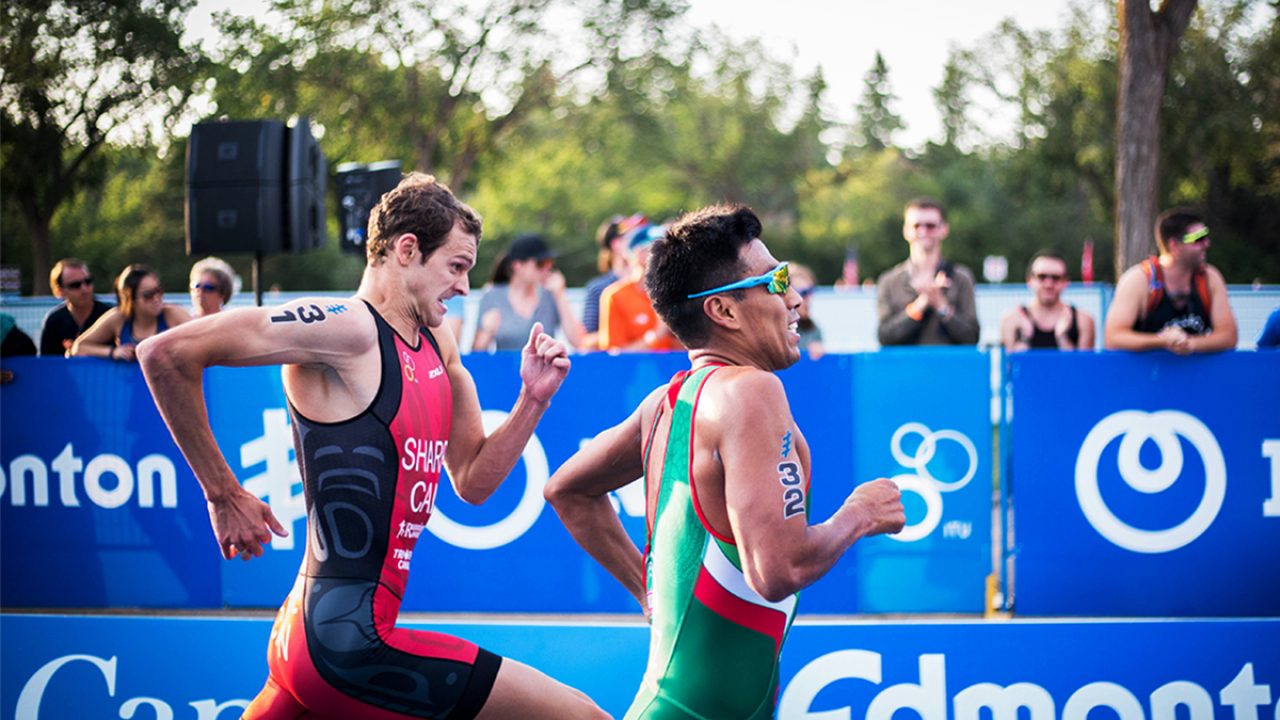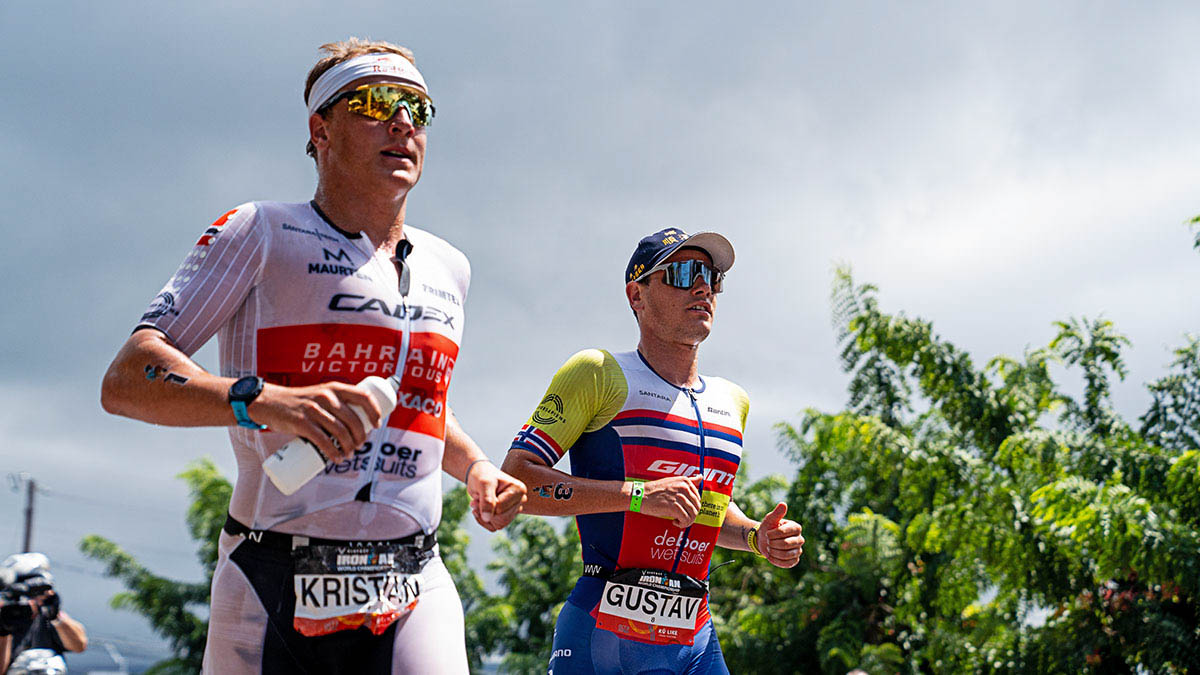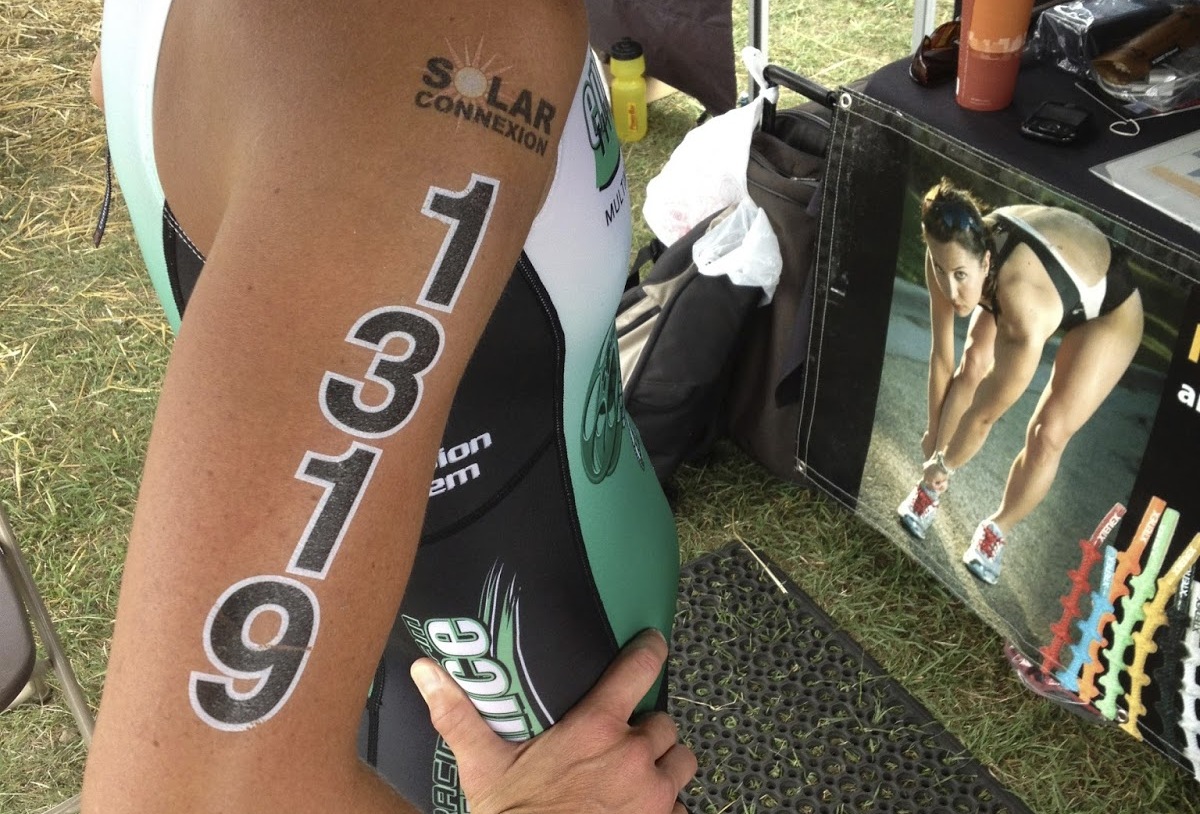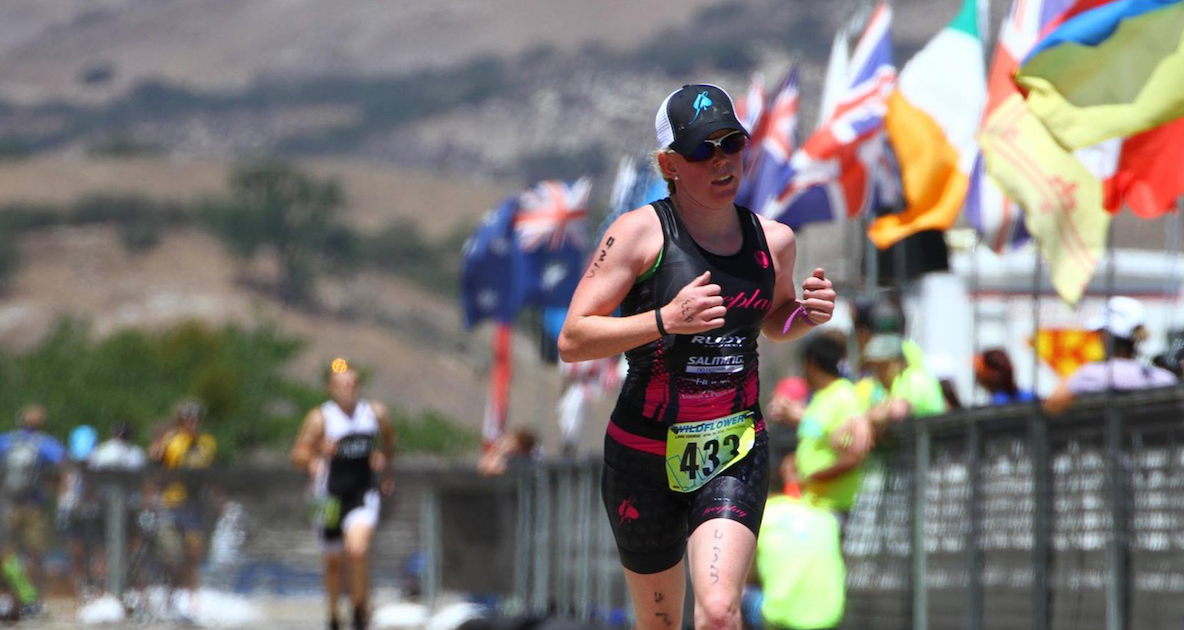

Featured
How Many Calories Does A Triathlon Burn
Modified: January 2, 2024
Discover the calorie-burning power of a triathlon and how many calories you can expect to burn during this featured endurance sport.
Introduction
Welcome to the world of triathlons! If you’re curious about the number of calories that you can burn during a triathlon, you’ve come to the right place. Triathlons are demanding endurance races that combine swimming, cycling, and running. They test participants’ strength, stamina, and mental resilience. Not only is triathlon a thrilling sport, but it also offers a fantastic opportunity to burn calories and improve fitness levels.
In this article, we will explore the world of triathlons and delve into the calories burned during these intense events. Along the way, we’ll discuss the different factors that influence calorie burn, how to calculate calories burned during a triathlon, and the potential for weight loss through triathlon training. Additionally, we’ll provide some tips to help you maximize the number of calories burned during your triathlon journey.
Whether you’re a seasoned triathlete looking to understand your energy expenditure better or a curious beginner fascinated by the idea of competing in a triathlon, this article will provide you with the information you need. So, let’s dive into this exciting world and discover just how many calories a triathlon can burn!
What is a Triathlon?
A triathlon is a multi-sport endurance race that involves three continuous and consecutive disciplines: swimming, cycling, and running. It pushes athletes to their limits, both physically and mentally, as they tackle each discipline back-to-back without any breaks. Triathlons vary in distance, with the most common being the sprint, Olympic, half Ironman, and Ironman distances.
The swim portion of a triathlon takes place in open water, such as a lake or ocean, or sometimes in a pool for indoor events. Participants must navigate the designated course using various swimming strokes, often wearing a wetsuit for buoyancy and protection from the cold water temperature.
Following the swim, athletes transition to the bike segment, where they hop onto their bicycles and cover the prescribed distance. The cycling course can take place on paved roads, trails, or a combination of both. Drafting, or riding closely behind another cyclist to reduce wind resistance, is prohibited in most triathlons to ensure fair competition.
After completing the bike leg, triathletes transition to the final segment: the run. This portion takes place on foot, with participants running a specified distance to reach the finish line. The run segment is often the most challenging since it comes after the swim and bike, demanding endurance and mental grit to power through fatigue.
Triathlons can be completed individually or as part of a team relay, where each team member completes one discipline. They attract athletes of all skill levels, from beginners seeking personal achievement to elite professionals competing for podium finishes. Triathlons offer a sense of camaraderie, as participants support and encourage one another throughout the race.
Now that you have a better understanding of what a triathlon entails, let’s explore how calories are burned during these demanding endurance events.
Understanding Calories and Energy Expenditure
To comprehend the number of calories burned during a triathlon, it’s essential to have a basic understanding of calories and energy expenditure. Calories are a unit of measurement that quantifies the energy content of food and the energy we expend through physical activity.
When we engage in any form of exercise, our bodies require energy to perform the task. This energy comes from the calories we consume in the form of food and beverages. During a triathlon, we tap into our energy reserves to power our muscles as we swim, bike, and run.
The energy expended during physical activity is measured in calories, with the intensity and duration of the exercise determining the total calorie burn. Higher intensity activities and longer durations typically result in greater calorie expenditure.
It’s important to note that our bodies burn calories not only during the exercise itself but also during the recovery period post-exercise. This is known as the “afterburn effect” or excess post-exercise oxygen consumption (EPOC). During this period, our bodies continue to consume oxygen, and calories are burned to restore our muscles, regulate body temperature, and return to a resting state.
Several factors influence the number of calories burned during a triathlon, including body weight, metabolism, fitness level, and the intensity of the exercise. Let’s explore these factors in more detail.
Factors Affecting Calorie Burn in a Triathlon
Several factors play a role in determining the number of calories burned during a triathlon. Understanding these factors can help you estimate your calorie expenditure and optimize your training and performance. Here are some key factors that affect calorie burn:
- Body Weight: Your body weight has a significant impact on calorie burn during exercise. Generally, the more you weigh, the more energy is required to move your body. This means that individuals with higher body weight tend to burn more calories during a triathlon.
- Metabolism: Metabolism refers to the chemical processes in your body that convert food into energy. People with a higher metabolic rate tend to burn more calories even at rest. This means that individuals with a faster metabolism may have a higher calorie burn during a triathlon.
- Fitness Level: Your fitness level plays a crucial role in calorie burn. As your cardiovascular fitness improves, your body becomes more efficient at utilizing oxygen and fuel to sustain exercise. This increased efficiency can lead to a lower calorie burn at the same intensity. However, as you increase the intensity or duration of your triathlon, your calorie burn will also increase.
- Intensity of Exercise: The level of intensity at which you perform the swim, bike, and run segments of a triathlon directly impacts the number of calories burned. Higher intensity exercise demands more energy and results in a higher calorie burn. For example, swimming at a faster pace or cycling at a higher resistance will burn more calories than a more relaxed pace.
- Durations of Exercise: The duration of each discipline and the overall duration of the triathlon affect calorie burn. Longer workouts require more energy expenditure, leading to a higher calorie burn. A shorter, more intense triathlon may burn fewer calories overall compared to a longer, less intense one.
While these factors provide a general understanding of calorie burn in a triathlon, it’s important to remember that individual differences and training strategies can influence the numbers. Additionally, variables like environmental conditions, terrain, and equipment choices can also impact calorie burn during a triathlon.
Now that we’ve explored the factors affecting calorie burn, let’s move on to how you can calculate the calories burned during a triathlon.
Calculating Calories Burned in a Triathlon
Calculating the exact number of calories burned during a triathlon can be challenging due to the various factors involved. However, several methods can provide estimates. Here are two commonly used methods:
- Heart Rate Monitor: Using a heart rate monitor during your triathlon can give you a rough estimate of the calories burned. Heart rate monitors calculate calorie burn based on your heart rate and other factors such as age, gender, and weight. By wearing a heart rate monitor throughout your race, you can track your intensity and duration to get an approximation of the calories burned during each discipline.
- Online Calorie Calculators: Various online tools and websites offer calorie calculators specifically designed for triathlon events. These calculators take into account factors such as body weight, distance of each discipline, and estimated average pace. By inputting the relevant information, you can obtain an estimate of the total calories burned during your triathlon.
It’s important to note that these methods are not 100% accurate and may provide only an estimate. Factors such as individual variations in metabolism and efficiency, terrain, and environmental conditions are not accounted for in these calculations. However, they can still serve as a useful guide to understanding your energy expenditure during a triathlon.
Keep in mind that the primary focus of participating in a triathlon should be on the enjoyment, personal achievement, and overall experience rather than solely on calorie burn. Use these calculations as a general guideline and focus on training, improving your performance, and enjoying the process of completing a triathlon.
In the next section, we will explore how triathlon training can contribute to weight loss and overall fitness.
Triathlon Training and Weight Loss
Triathlon training can be an effective way to support weight loss goals. Engaging in regular triathlon training can help burn calories, build endurance, and increase overall fitness levels. Here’s how triathlon training can contribute to weight loss:
- Calorie Expenditure: Triathlon training involves a combination of swimming, cycling, and running, which are all excellent cardiovascular exercises. These activities burn a significant number of calories, helping to create a calorie deficit, which is essential for weight loss. The more intense and longer your training sessions, the more calories you are likely to burn.
- Muscle Development: Triathlon training involves repetitive movements that target various muscle groups in the body. Regular training can lead to increased muscle mass and improved muscle tone. Muscles consume more calories at rest compared to fat, so having more lean muscle can boost your overall metabolism and optimize your body’s ability to burn calories.
- Improved Metabolism: Consistent triathlon training can help improve your metabolic rate. As you build cardiovascular endurance and increase your fitness level, your body becomes more efficient at utilizing oxygen and fuel. This improved efficiency can lead to an increase in your basal metabolic rate (BMR), resulting in more calories burned even at rest.
- Stress Relief: Physical activity, such as triathlon training, has been proven to help reduce stress levels. Regular exercise can improve your mood, increase endorphin levels, and boost overall mental well-being. Managing stress effectively can prevent emotional eating and contribute to weight loss efforts.
- Lifestyle Habits: Triathlon training often involves adopting a healthy and active lifestyle. This can lead to positive changes in other areas of your life, such as making healthier food choices, getting sufficient sleep, and reducing sedentary behaviors. These lifestyle habits can support weight loss and overall wellness.
It’s important to note that weight loss is not solely determined by triathlon training. A balanced approach that includes a healthy diet, adequate rest and recovery, and overall lifestyle choices is crucial for achieving sustainable weight loss results.
Remember to consult with a healthcare professional or a certified triathlon coach to design a suitable training program that aligns with your fitness level and weight loss goals.
In the next section, we will provide some tips to help you maximize calorie burn during your triathlon.
Tips for Maximizing Calorie Burn in a Triathlon
If you’re looking to maximize the number of calories burned during your triathlon, here are some tips to help you make the most of your training and race:
- Incorporate High-Intensity Interval Training (HIIT): HIIT workouts involve short bursts of intense exercise followed by periods of rest or lower intensity. Including HIIT sessions in your training can boost your calorie burn by increasing your heart rate and metabolic rate during and after the workout. Consider adding HIIT intervals to your runs, bike rides, or swim training sessions.
- Vary Your Training Intensity: Mixing up your training intensity can help challenge your body and increase the calorie burn. Include workouts of different intensities, such as steady-state endurance sessions, tempo efforts, and sprint intervals. This variety will engage different energy systems and stimulate greater calorie expenditure.
- Emphasize Strength Training: Incorporating strength training exercises into your training routine can help build muscle mass, which in turn increases your metabolism and calorie burn. Focus on compound exercises that target multiple muscle groups, such as squats, lunges, deadlifts, and upper body exercises.
- Choose Challenging Terrain: When possible, opt for training and racing on hilly or challenging terrain. Uphill sections require more effort and energy expenditure, resulting in a higher calorie burn. Incorporating hills into your training rides and runs can help increase the intensity and calorie burn of your workouts.
- Maintain a Balanced Diet: Fueling your body with proper nutrition is essential for maximizing calorie burn and optimizing performance. Focus on consuming a balanced diet that includes a variety of whole foods, lean proteins, complex carbohydrates, and healthy fats. Proper hydration is also crucial for maintaining energy levels and supporting calorie burn.
- Get Sufficient Rest and Recovery: Allow your body adequate time to rest and recover between training sessions. Recovery is when your body adapts and becomes stronger, ultimately leading to improved performance and calorie burn. Include rest days, prioritize quality sleep, and consider incorporating techniques like foam rolling and stretching for enhanced recovery.
Remember, triathlon training is not just about calorie burn but also about overall performance, enjoyment, and personal achievement. Focus on consistent training, gradual progress, and finding a training approach that works best for your body and goals.
Now that you have these tips in mind, get ready to take on your triathlon journey and make the most of your calorie burn!
Conclusion
Triathlons offer a thrilling and demanding endurance experience that can significantly contribute to calorie burn and overall fitness. Throughout this article, we have explored the world of triathlons, including what they entail, the factors that affect calorie burn, and how to calculate calories burned during these intense events.
We have also discussed how triathlon training can support weight loss goals by increasing calorie expenditure, building muscle, improving metabolism, and promoting a healthy lifestyle. Additionally, we provided tips for maximizing calorie burn during your triathlon journey, such as incorporating high-intensity interval training, varying training intensity, and emphasizing strength training.
While understanding the calories burned during a triathlon can be helpful, it’s important to remember that the primary focus should be on enjoying the process, achieving personal goals, and embracing a healthy and active lifestyle. Always listen to your body, prioritize proper nutrition and recovery, and consult with professionals to design a training program tailored to your needs.
So, whether you’re a seasoned triathlete or a beginner looking to embark on this incredible journey, embrace the challenge, push your limits, and enjoy the physical, mental, and emotional rewards that come with participating in a triathlon. Here’s to discovering just how much you can achieve and how many calories you can burn!
